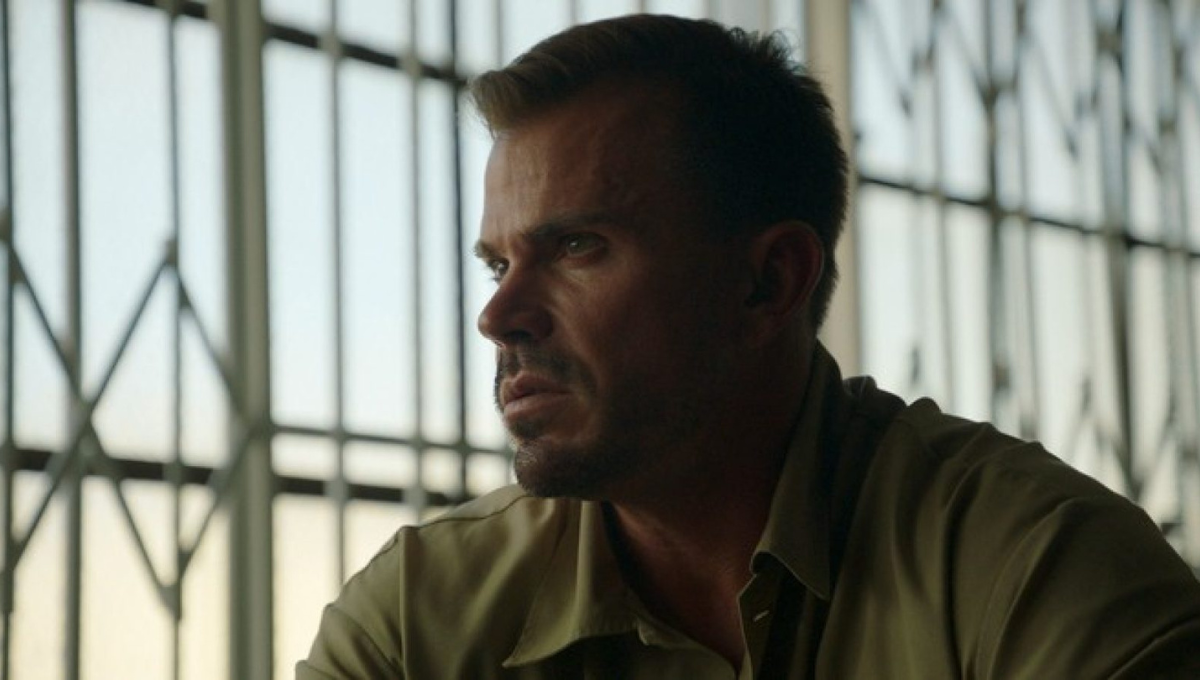The new Amazon Prime docuseries Cocaine Quarterback: Signal-Caller for the Cartel has sparked intense discussion about gambling’s role in the high-stakes criminal underworld of Owen Hanson—a former USC football walk-on turned international drug trafficker and money launderer. While gambling is highlighted as a key enabler in Hanson’s rise and fall, industry insiders and featured personalities assert it is far from being the lowest or most damaging part of his criminal empire.
The ‘Cocaine Quarterback’ Story
Owen Hanson’s extraordinary trajectory—from backup quarterback at the University of Southern California to a major player in a Mexican drug cartel’s international operations—is an unusual narrative that blends youth sports, ambition, illegal gambling, and narcotics smuggling. Born and raised in Redondo Beach, California, Hanson was initially involved in smuggling performance-enhancing drugs to college athletes before cutting a path into sports betting.
After an unsuccessful bid to break into real estate, a path crushed by the 2008 financial crisis, Hanson pivoted to running a sports betting operation, known as BetODog Sports. His clientele included factions connected to the powerful Sinaloa cartel, for whom Hanson facilitated money laundering and drug sales, particularly cocaine at rates three times higher in Australia than the U.S. As his former teammates pursued NFL glory, Hanson was allegedly earning millions in the drug trade.
The docuseries features detailed accounts from law enforcement, friends, family, and Hanson himself, who has spent time in prison and earned an MBA while incarcerated. It sheds light on how gambling intersected with his illicit dealings—most notably through a high-stakes partnership with flamboyant gambler and FBI informant R.J. Cipriani.
Gambling’s Role in Money Laundering
The series illustrates how Hanson used gambling to launder drug money, with Cipriani’s blackjack exploits as a prime example. Cipriani was backed with millions at casinos, losing large sums intentionally in a scheme designed to clean illegal proceeds. Yet Cipriani, who gave key testimony against Hanson, expresses frustration that the documentary misrepresents his involvement—portraying him as complicit in money laundering when he claims he was deceived and manipulated.
Cipriani, once known for his lavish lifestyle and generosity, says the show omits critical details, including the betrayal wrought by his ex-girlfriend, who was romantically entangled with Hanson and a major drug lord. Such complexity underscores gambling’s facilitating but not sole role in Hanson’s broader criminal activities.
Hanson’s Criminal Enterprise Far Exceeds Gambling
While gambling is a striking and cinematic element of the Hanson saga, experts and insiders stress that it is not the primary or most egregious harm caused by Hanson’s enterprise. Law enforcement characterization of his operations label them a far-reaching “drug trafficking/gambling organization,” emphasizing narcotics smuggling, cartel collaboration, and violent money routes as central.
In fact, gambling—though a conduit for money laundering—is viewed as one facet among many in Hanson’s operations which spanned the United States, Mexico, and Australia. The high profile documentary itself posits gambling as a narrative device that oversimplifies the depth and scale of Hanson’s drug lords’ influence and criminal transactions.
The Wider Impact of Gambling and Perception
The public perception of gambling’s role in facilitating crime like Hanson’s must be balanced against the broader context of gambling harms and advertising’s psychological impact, as established by recent research. Studies indicate that gambling advertising increases susceptibility and severity of gambling problems among vulnerable populations but point to gambling-related harms as a spectrum—not confined to illicit activity alone.
Clinical samples report financial hardships, emotional distress, and co-morbid addictions linked to gambling, but these rarely mirror the sensationalized tales of organized crime. This distinction is critical in ensuring that gambling is approached with appropriate policies and responsible narratives, without conflating it solely with dramatic criminal cases like that of Owen Hanson.
Hanson’s Future Post-Release
After release from incarceration and a halfway house, Hanson is attempting to rebuild with legitimate entrepreneurship, launching a protein ice popsicle company. This transition illustrates the multidimensionality of Hanson beyond the ‘Cocaine Quarterback’ persona and reflects the human complexity often overshadowed by sensational headlines.
The Cocaine Quarterback docuseries effectively dramatizes the role gambling played in Owen Hanson’s illicit rise and fall, yet gambling is far from the lowest or only factor in his criminal exploits. The intersection of illegal betting, drug trafficking, and money laundering paints a complex picture that transcends gambling’s oft-misunderstood impact.
By exploring both gambling and drug trafficking dimensions, the narrative prompts a deeper discussion about crime, addiction, and rehabilitation. While gambling enabled a significant part of the money laundering narrative, it remains just one thread in a much larger web that propelled Hanson’s notoriety and eventual legal consequences.
AML Editor’s article was originally published in ingame on October 3, 2025


